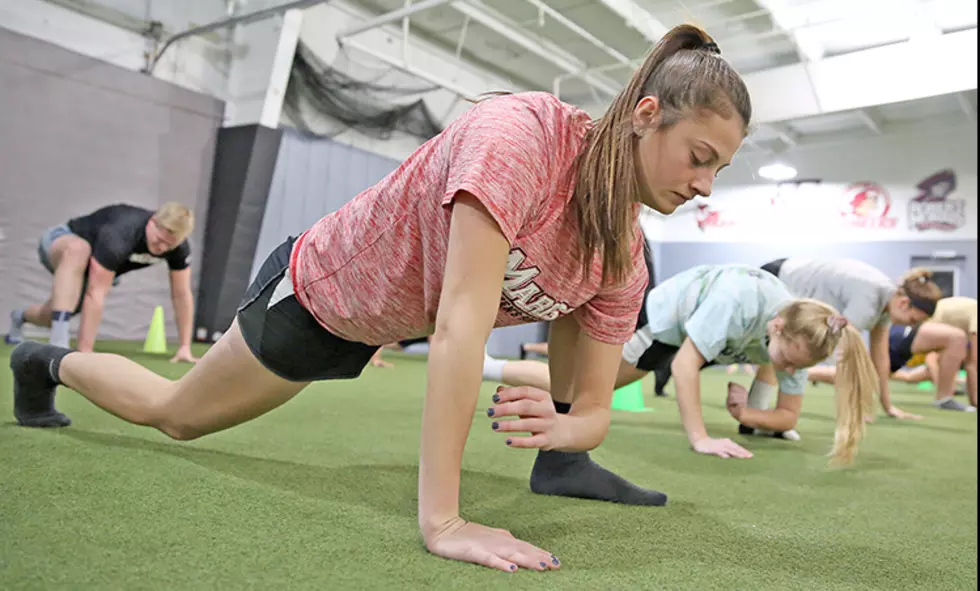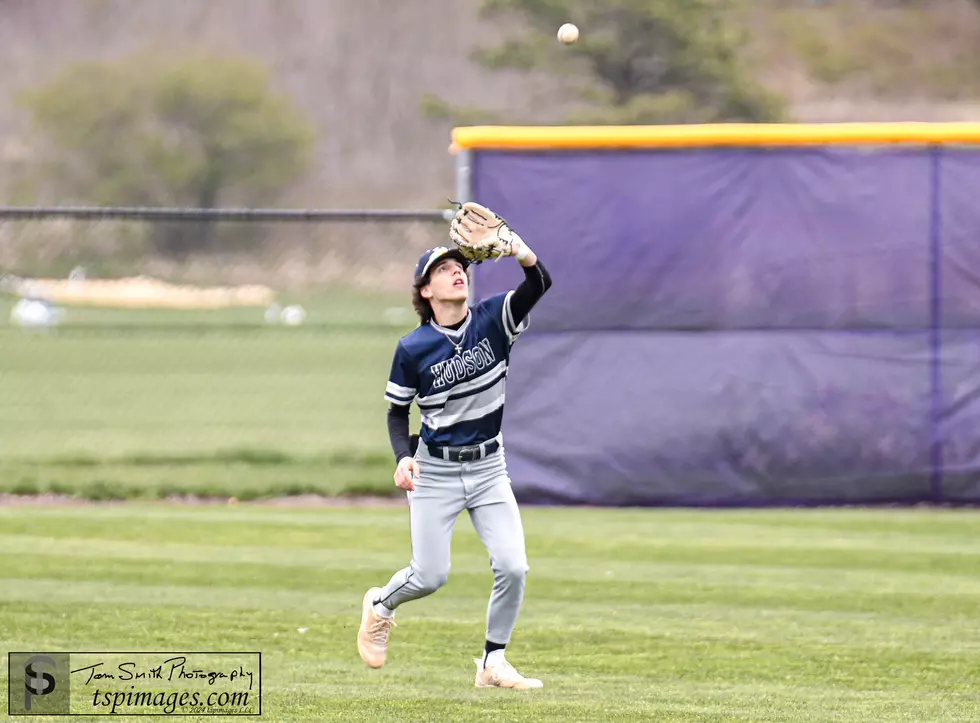
RYPT: Staying Game Ready During Covid-19 PART-3

Shore Sports Network Sponsored Content
RYPT: Staying Game Ready During Covid-19 PART-3
Written by Bobby Smith, MS, CSCS, *D, RSCC *D & Pat Livesey, MS, CSCS
So many of us are out of a sport, and in some cases, less active than our normal selves.
If you’ve been more active, that’s great! However, let’s face it, as we are becoming more and more sedentary with these current regulations of COVID-19, most of us are probably spending more time sitting and less time moving, leading to decreased flexibility and mobility. Even if you are out there getting fresh air, there is a large difference between training for sport, and just doing physical activity such as hiking, riding your bike, or walking the dog. When it’s time to get back in the game, you need your body to be prepared for the demands. Warming up by stretching and working on mobility are crucial to staying healthy and preventing injury. This is the third training principle or pillar that we are going to focus on.
A warm up is performed prior to physical activity in order to prepare our bodies for the training session ahead. A warm up can help prepare the muscular and cardiovascular systems by increasing core body temperature, increasing joint range of motion, and reducing the risk of musculature injury by improving the elasticity of the muscles. A proper warm up focuses on mobility and flexibility. What is the difference? Mobility is the ability to actively move a joint through its full range of motion. Flexibility is the ability of a muscle or group of muscles to lengthen passively through a range of motion. What this means is that as an athlete you need both adequate joint mobility and muscle flexibility to perform at your highest level and to prevent injury. A good warm up can accomplish both.
After working with thousands of athletes, we have come to the realization that most athletes have similar mobility and flexibility deficits, therefore, would benefit from a specific group of warm up exercises to not only improve their performance, but to decrease the risk of injury as well. The three areas of the body that we are going to focus on for your at-home-warm-up are: the ankles, the hips, and the thoracic spine.
Let’s start with the ankles. Proper ankle mobility is crucial for both maximum performance as well as knee injury prevention. Many athletes are limited by tight ankles which will lead to a decreased vertical jump, decreased ability to squat, and a more up-right posture while performing your sport which leads to less recoil-ability and explosiveness. We also know through research that if your ankle lack dorsiflexion (which is the motion when your foot is planted and your shin goes forward over your foot), the knee will be directly affected by staying straighter and having an inward motion, the exact mechanism of an ACL injury. Flexibility of the calves also plays a role in the ability of the lower limb to move with fluid and proper mechanics.
Next let’s move up the chain to the hips. Hip mobility is considered a very important component of ACL injury prevention. The hip joint is a ball-and-socket joint. This means that is innately has a great deal of mobility. The knee is a hinge joint which means that it is not supposed to be mobile, it is supposed to be stable. If you are running, plant your foot, and cut or twist, that mobility should come from the hip. But if the hip is tight, the stress may be transferred into the knee, which is not designed for that force and the next thing you know, the dreaded “pop” of a torn ACL. So, as you can see, hip mobility and flexibility exercises or super important for an athlete and should be a main focus of the warm up.
The last area of the body we are going to focus on in the Thoracic spine. This is the upper back and is highly affected by prolonged sitting, slouching, looking at a screen for long periods of time. There is actually a medical condition called “iPhone neck,” in which the upper back curves forward and the head hangs forward on the neck. This can lead to headaches, neck pain, upper back pain, and most definitely is not good for athletic performance. By improving the ability for the upper back to arch backwards, an athlete can improve squat technique, improve posture, and increase shoulder mobility. Research has shown that a pitcher can actually add miles onto his fast ball just by increasing his thoracic mobility.
So, now that we know why we are doing these warm-up activities, let’s find out exactly what and how to them.
- Let’s start with getting our heartrate up and increasing our core temperature.
- Next, we move to ankle mobility and flexibility exercises.
- Now we will do hip mobility and flexibility exercises.
- And lastly, we will do thoracic mobility exercises.
If you take the time now to work on your mobility and flexibility, you will decrease your risk of injury, improve your performance, and be 100% game ready when you finally get the chance to strut your stuff on the court or field!
Stay tuned for the next issue of pillars! Have fun and stay RYPT!
More From Shore Sports Network









